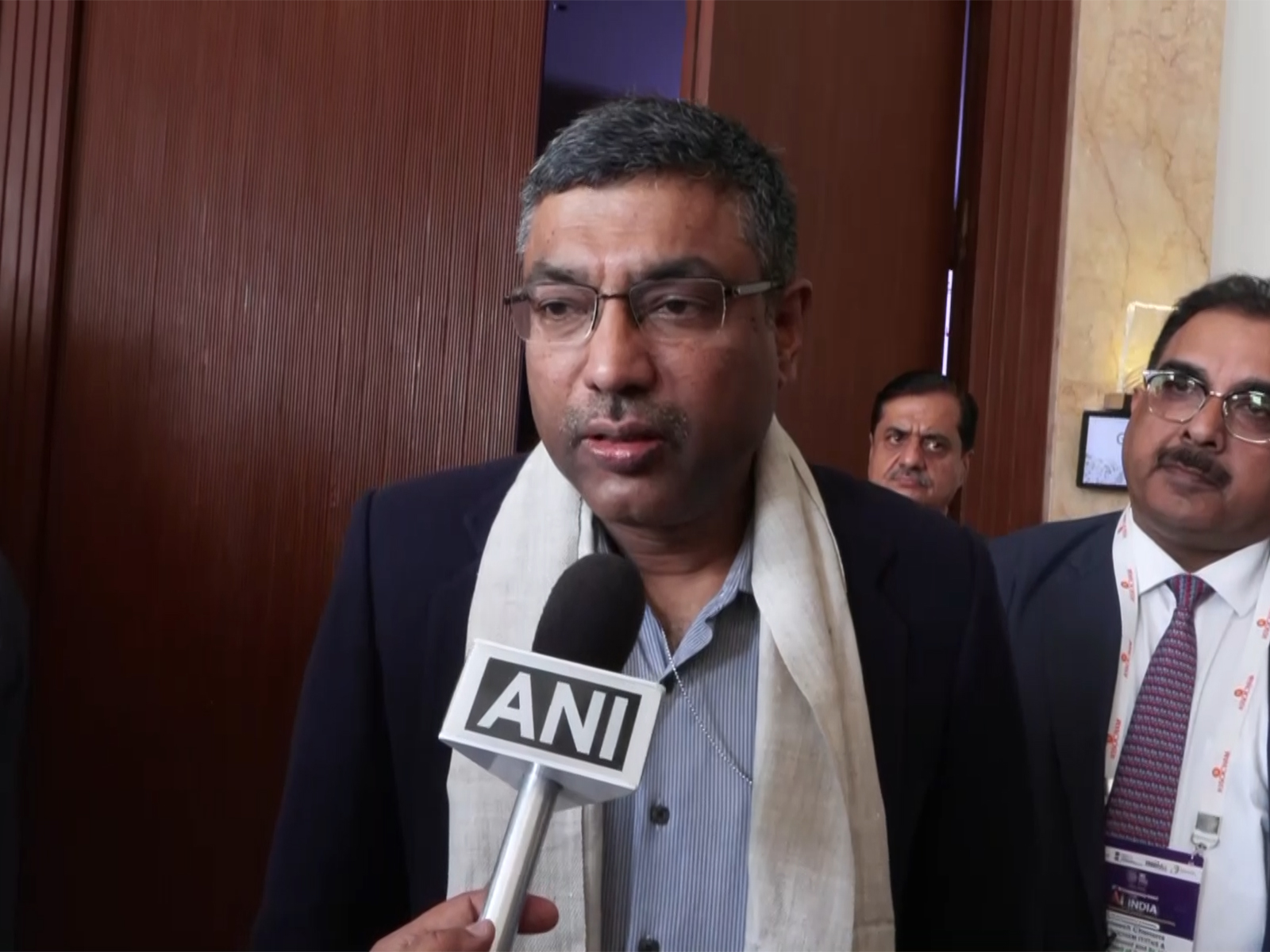Unsold housing units in India saw significant drop under Modi
Apr 08, 2024

New Delhi [India], April 8 : Overhanged housing inventory or stocks of unsold properties, has seen a significant drop over the last 10 years, under Prime Minister Narendra Modi.
As per a report by real estate consultant, Anarock and Industry body NAREDCO, the pan-India unsold housing inventory dropped from a peak of 41 months in 2017, to 15 months by the end of 2023.
The report says the decline in inventory is significant, considering the massive new supply added during this period.
The Indian residential real estate market has greatly benefited from several reforms done by the Modi-led government, helping the industry not only to emerge stronger but also scale new heights, the joint report added.
The report tracked how India's residential real estate sector has thrived over the past decade.
"The findings are convincing - housing demand and new supply in the top 7 cities have soared in the last 10 years, particularly post the pandemic, and housing sales are now aligned with new launches," Anuj Puri, Chairman - ANAROCK Group, said.
The report also says that approximately 28.27 lakh units were sold in the top 7 cities between 2014 and 2023, while cumulative new launches stood at over 29.32 lakh units.
Residential property prices have registered significant demand-led growth across the top 7 cities. Over the last decade, average housing prices have appreciated in the range of 25-60 per cent across these cities.
"Over the last decade, India's economy has impressively leapfrogged to the 5th position on the global economic performance ladder. The Indian economy has maintained its status as the fastest-growing major economy for three consecutive years, a beacon of hope in a contractionary global economic climate," Niranjan Hiranandani, Chairman - NAREDCO, said.
A market size of USD 1 trillion is expected by 2030, up from USD 200 billion in 2021, Hiranandani said.
The real estate sector is expected to contribute 13 per cent to India's GDP by 2025, making the sector a pivotal contributor to economic development, employment, and government finances.
The report further highlighted that the speed of completion of units in the top 7 cities has seen significant jump over the years, particularly post-pandemic years.
Data indicated that at least 44 per cent more units were completed in 2022 as compared to 2021. This is interesting because during the pandemic all construction activities were completely halted.
As of 2023, nearly 4.35 lakh units were completed in the top 7 cities, while in 2024 more than 5.31 lakh units are expected to be completed.
The past decade saw game-changing reforms and policies like establishing RERA and the SWAMIH alternate investment fund, have given confidence and hope among consumers and Industry.
Implemented across many states since 2017, RERA has brought regulation in the real estate sector, safeguarding the interests of homebuyers by ensuring transparency, timely project completion, and accountability among developers.
According to the latest government data, approximately 1.23 lakh real estate projects have been registered across states since RERA's inception, and more than 1.21 lakh consumer grievances have been addressed across states.
Since its inception in 2019 till December 2023, the SWAMIH Fund has completed approximately 26,000 homes in the country, and 80,000 more are projected to be completed over the next three years.
The government-backed SWAMIH (Special Window for Affordable and Mid-Income Housing) Fund aims to provide financial support to stalled affordable and mid-income housing projects that were struggling due to capital shortfalls.
SWAMIH has played a crucial role in addressing the sector's liquidity issues, amid challenging economic conditions. It has also boosted the growth of many ancillary industries in the real estate and infrastructure sectors, having successfully unlocked liquidity of more than Rs 35,000 crore.
The report also highlighted the positive impact of various other government-backed initiatives such as PMAY (Urban and Gramin), GST, demonetisation, and the growing adoption of technology in the real estate sector over the last decade.
In the years to come, the real estate industry will proactively restructure its strategies to align with economic conditions. They argued that the sector's growth prospects will be strengthened by factors such as a stable government, consistent interest rates, job creation, and increased private sector investment.




















